Exploring the Superpowers of Mycelium
Underrated and Overlooked. Exploring the Superpowers of Mycelium
“All art is but imitation of nature” ~ Lucius Annaeus Seneca
Most people synonymize the term “soil” with dirt, gravel or rockwool, which are lifeless descriptions for the most diverse sphere of life on Earth. Soil is made up of four main components: water, oxygen, inorganic material and organic material. While inorganic materials like rock and minerals make up close to fifty percent of the soil composition, organic materials like detritus, microbes, bacteria, fungi and microorganisms only make up about five percent. Not to be fooled by these percentages, as every square inch of soil between the two poles is teeming with life in unimaginable numbers. In a single teaspoon of a healthy soil one can expect to find 3 miles of fungal hyphae, or mycelium. Similar to the roots of a plant, mycelium is the vegetative body of fungi, or mushrooms. This lesser known organism is one of the most important and influential actors in the soil ecosystem as well as every macro ecosystem where it is present.
A mycelial mass is formed when a single spore, often dropped from a sporocarp (mushroom fruiting body, i.e., typical mushroom) germinates in an environment with plenty of moisture and nutrients. From here, the spore develops hyphae, which are connective thread-like structures that stretch outwards. The hyphae connect and expand as far as they can, utilizing organic material like manure, felled trees or decaying organisms to feed and grow until it becomes a network of hyphae, called mycelium. The mycelium grows as it breaks down these materials, redistributing the nutrients to the soil ecosystem once again.
Mycorrhizae are mutualistic relationships between fungi and the roots of plants. These relationships are important in the soil because they can enhance the uptake of nutrients, particularly phosphorous, and water by the plants. In return, the fungi receive organic compounds produced by the plants.
There are two main types of mycorrhizae: ectomycorrhizae and endomycorrhizae. Ectomycorrhizae form a sheath around the roots of trees and shrubs and do not penetrate the cells of the plant. Endomycorrhizae, on the other hand, penetrate the cells of the plant and form structures called arbuscules within the root cells.
Mycorrhizae are important in organic regenerative agriculture because they help to improve soil health. Healthy soil is rich in microorganisms, including mycorrhizae, which play a key role in the nutrient and water cycling processes. In addition, mycorrhizae can help to suppress diseases and improve the overall health of the plants.
There are several ways that farmers can encourage the growth of mycorrhizae in their fields. One way is to use cover crops and green manures, which can provide a food source for the fungi and help to build the soil organic matter. In addition, using compost and other organic matter as a source of nutrients can help to support the growth of mycorrhizae.
Overall, mycorrhizae play a critical role in the soil ecosystem and are an important aspect of organic regenerative agriculture. By promoting the growth of these fungi, farmers can improve the health and productivity of their crops and build a more sustainable and resilient agricultural system.

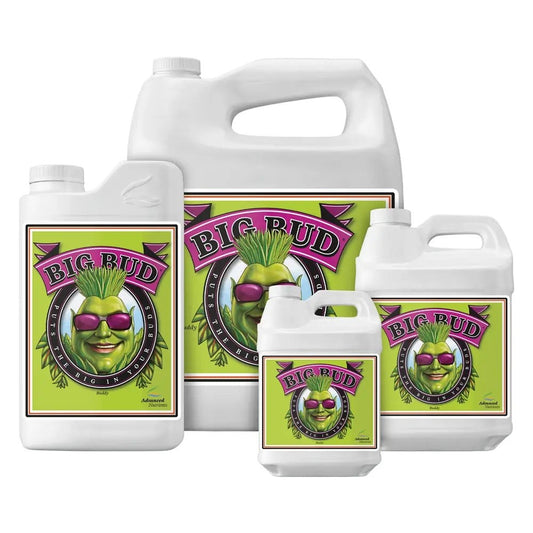
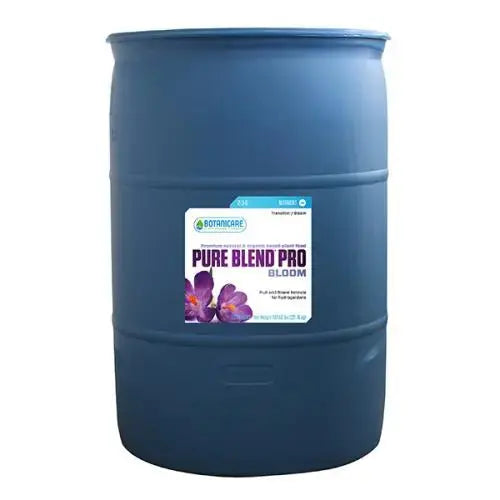



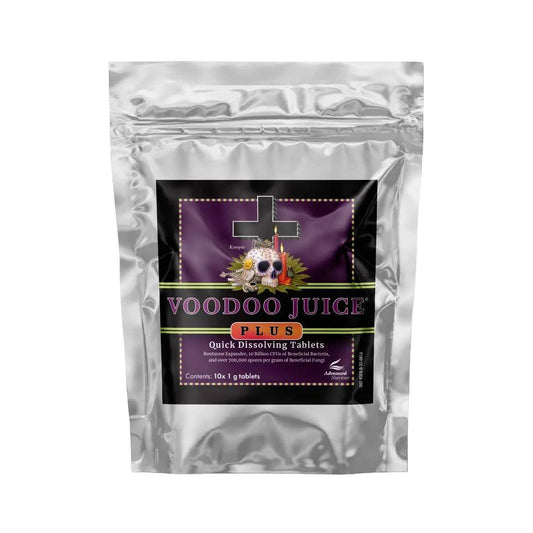
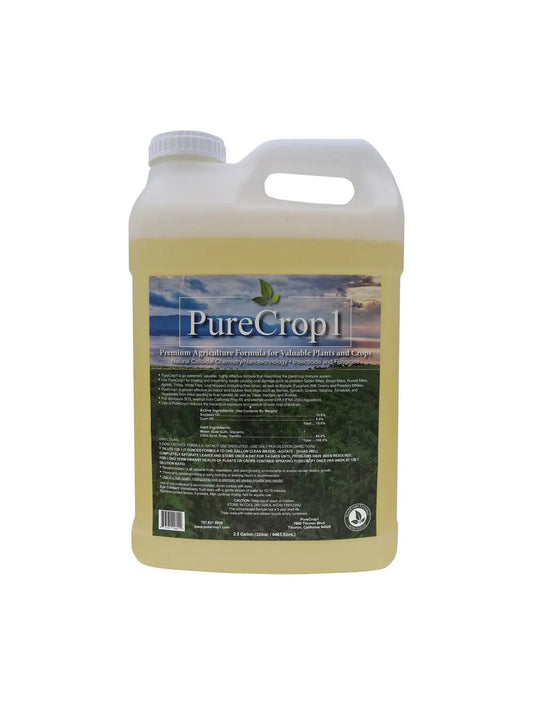


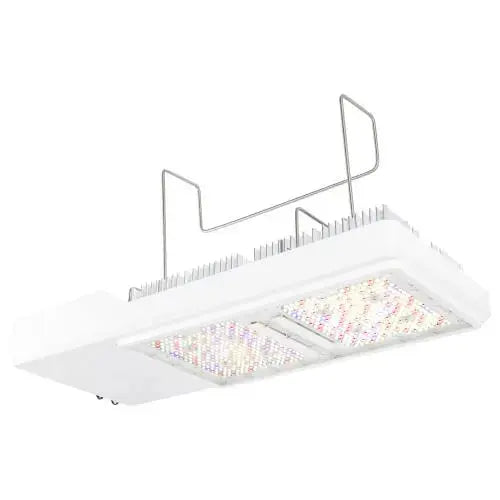
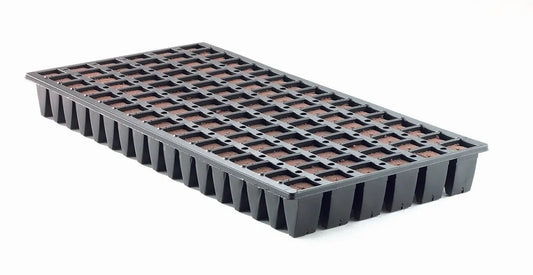

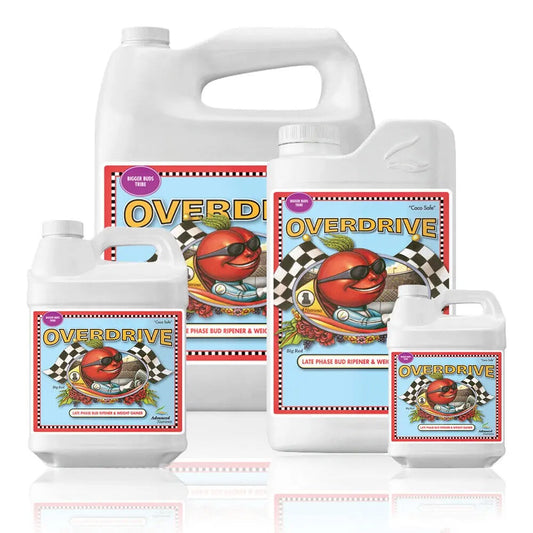

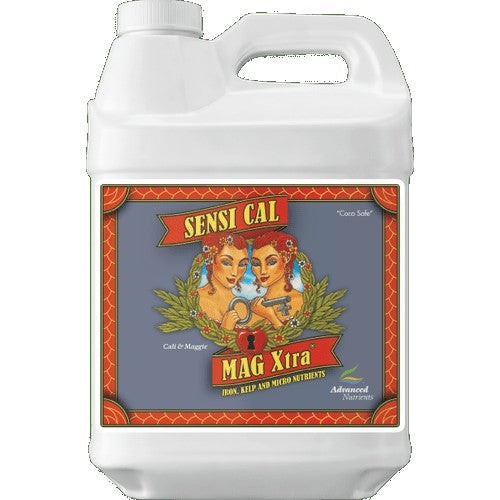



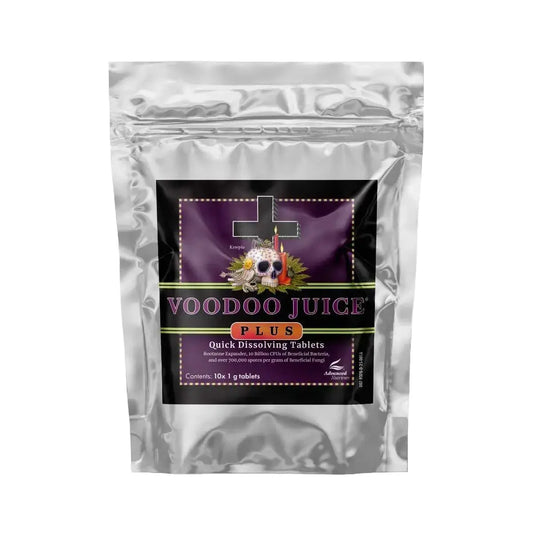
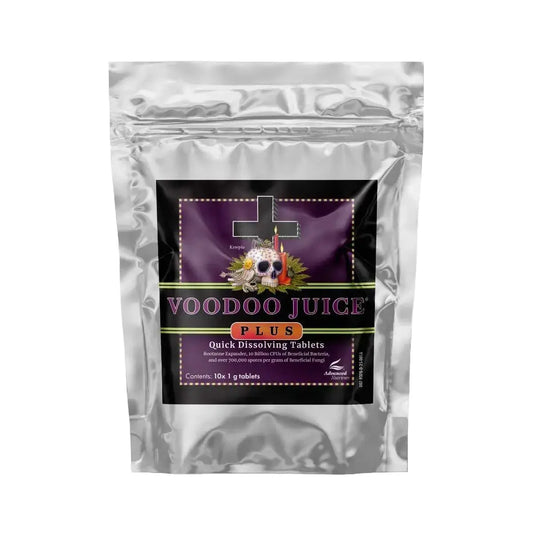
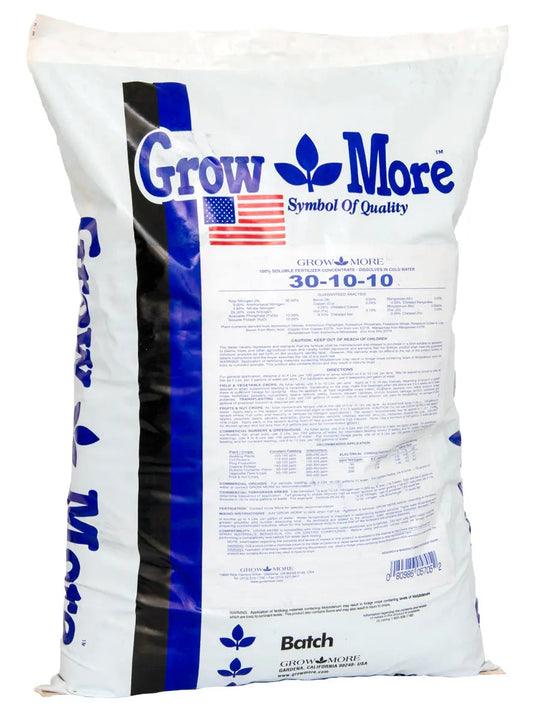
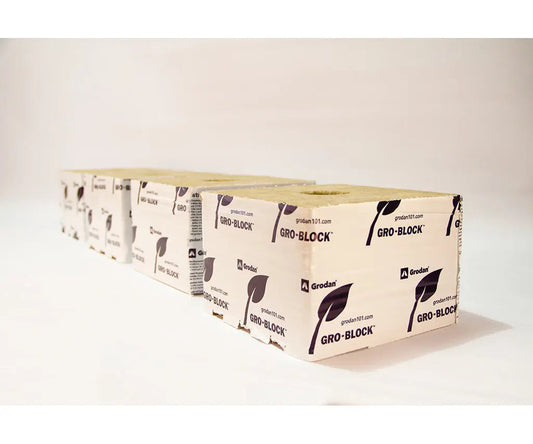
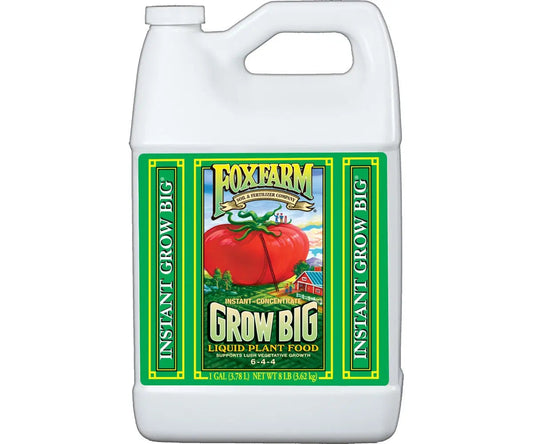
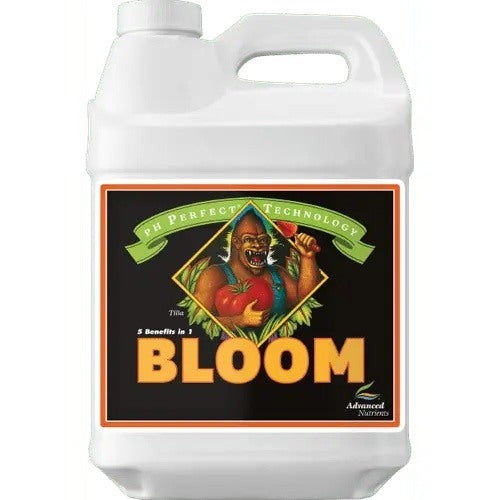

Leave a comment
Please note, comments need to be approved before they are published.